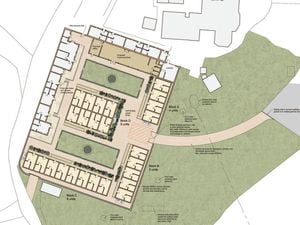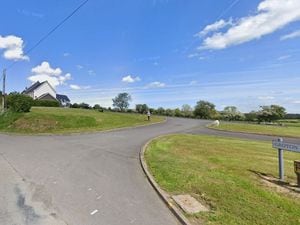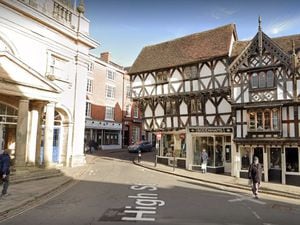Video: Dragon to form heart of WWI monument
A magnificent dragon that will stand as a memorial at one of the battlefields of the First World War will be a fitting tribute to the Welsh soldiers who lost their lives during the conflict, campaigners said today.
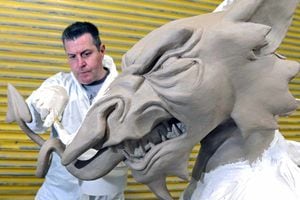
The eight-foot dragon which is being built and crafted at the Castle Fine Arts Foundry in Llanrhaeadr-ym-Mochnant, near Oswestry, has been three years in the making, according to Peter Jones who is one of the driving forces behind the project.
It has been made out of clay and will then be cast in bronze ready to go on show at Pilkem Ridge near Langemark, about four miles from Ypres in Flanders which was the scene of some of the Great War's bloodiest battles.
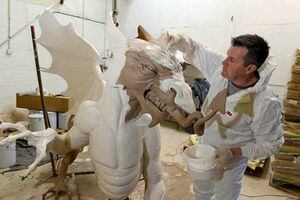
The design was unveiled in February after three years of work by campaigners and is due to be unveiled in Flanders in August.
Mr Jones said he decided to make an appeal to get a memorial after discovering there was nothing to commemorate fallen Welsh soldiers in a country where so many were killed.
He said the memorial will finally give families somewhere to go to remember loved ones.
"While New Zealand, Australia, Canada, Ireland and Scotland all have large monuments in Flanders to remember their war dead, we have no such thing," he said.
"It is going to be a very special place for generations to come."
The clay model will be used to create a mould for the bronze cast.
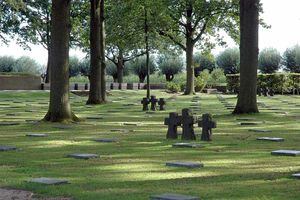
Chris Weston from the foundry said: "The next step will be to make a mould using rubber and fibreglass, then we go through a process where we paint the inside of the mould in wax about 6mm thick and put it through processes in which the bronze replaces the wax.
"There are potentially 24 or 25 sections of the dragon. Those are then welded together and finished to get the details back in. The colour is then applied at the very end of the process.
"Living and working in Wales and having such a monumental piece coming out that symbolises the struggles of the First World War is a very important thing to be involved with. Everyone really likes the piece as art, but the meaning behind it and the intention to use it as a memorial is powerful as well."

